
How does textured hair anatomy relate to traditional oiling practices?
Textured hair's unique anatomy, with its inherent dryness, found its answer in ancestral oiling practices, a timeless heritage of care.

In what ways do traditional oiling customs persist in hair heritage?
Traditional oiling customs persist in textured hair heritage through ancestral wisdom, ritualistic care, and validated efficacy.

How does traditional oiling impact textured hair dryness?
Traditional oiling provides textured hair a protective moisture barrier, a practice deeply rooted in ancestral heritage to combat natural dryness.

Can traditional hair oiling practices still benefit modern textured hair?
Traditional hair oiling practices, rooted in ancestral wisdom, profoundly benefit modern textured hair by enhancing moisture, protection, and overall health.

In what ways did traditional oiling sustain textured hair heritage through generations?
Traditional oiling sustained textured hair heritage by providing essential moisture, protecting unique strand structures, and serving as a profound cultural and communal ritual across generations.

What historical hair practices address moisture loss in textured hair?
Historical hair practices addressed moisture loss in textured hair through ancestral oiling, protective styling, and holistic wellness, deeply rooted in heritage.
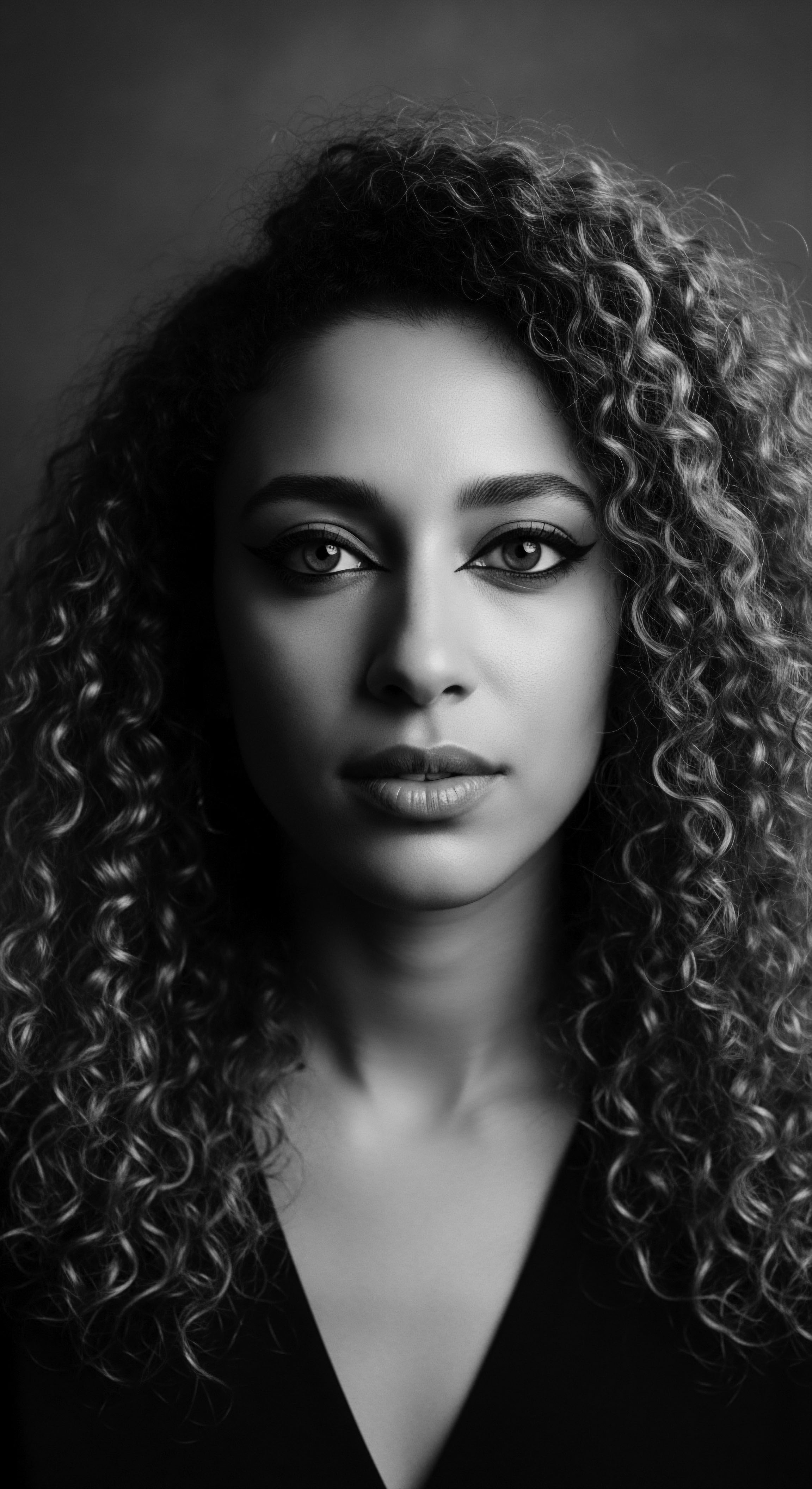
Why do textured hair needs align with traditional oiling?
Textured hair’s needs align with traditional oiling due to its inherent dryness and fragility, met by ancestral practices of protection and nourishment.

Did ancient oiling methods contribute to textured hair health?
Ancient oiling methods provided textured hair with essential moisture and protection, rooted in ancestral wisdom and cultural traditions.

Indigenous Oiling
Meaning ❉ Indigenous Oiling defines the time-honored practice of using natural oils for textured hair, deeply rooted in cultural heritage and ancestral wisdom.
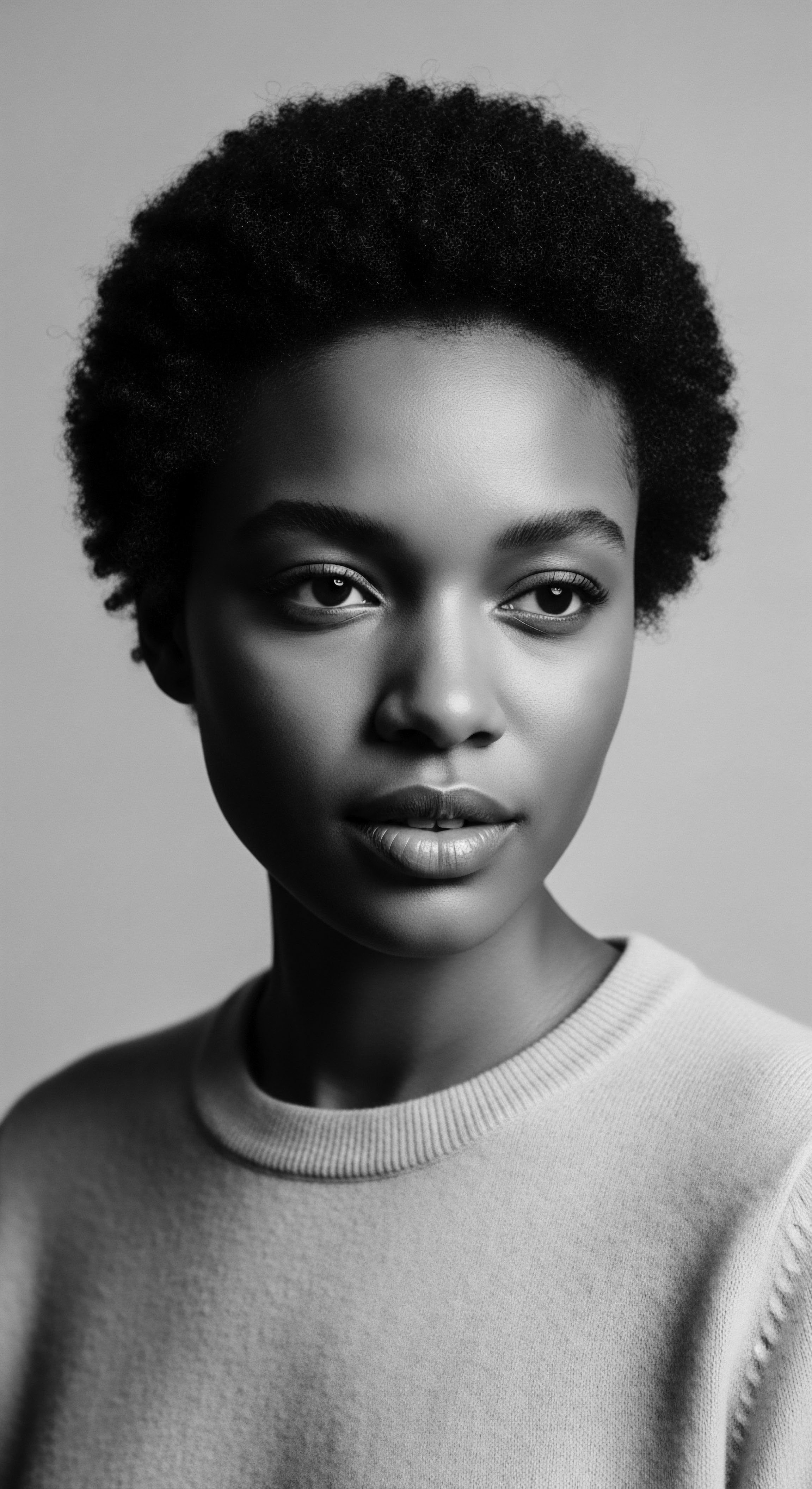
What traditional oiling practices sustain textured hair heritage globally?
Traditional oiling practices globally sustain textured hair heritage through ancestral wisdom, communal rituals, and the inherent properties of natural oils.

How does textured hair structure benefit from traditional oiling practices?
Traditional oiling deeply nourishes textured hair structure, bolstering elasticity and strength through inherited care practices.

Do ancient oiling methods prevent textured hair damage?
Ancient oiling methods prevent textured hair damage by fortifying its structure and honoring a rich cultural legacy.
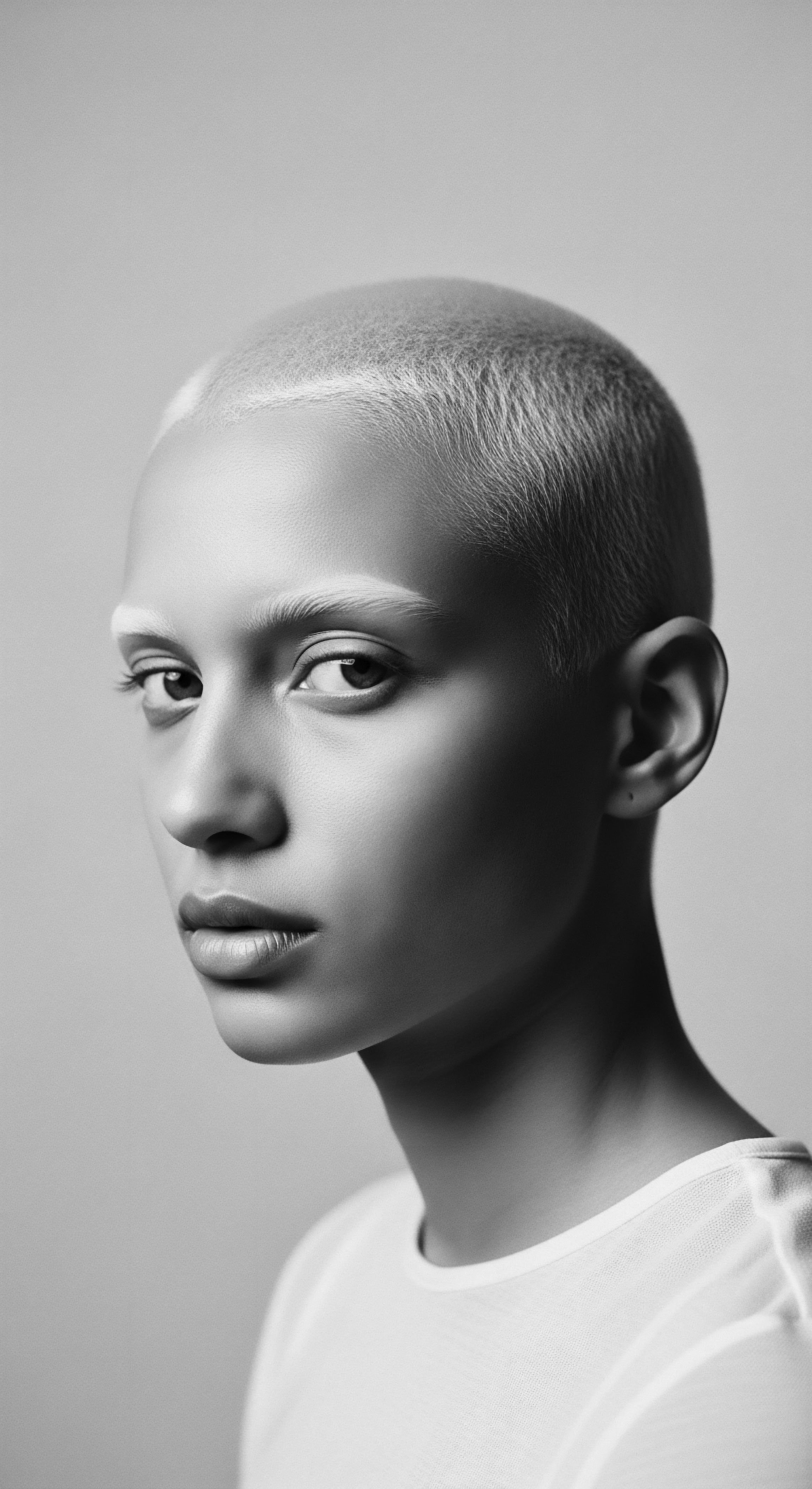
How do traditional oiling practices reflect ancestral reverence for textured hair heritage?
Traditional oiling practices deeply honor textured hair's heritage by nurturing its unique biology with ancestral wisdom and cultural rituals.
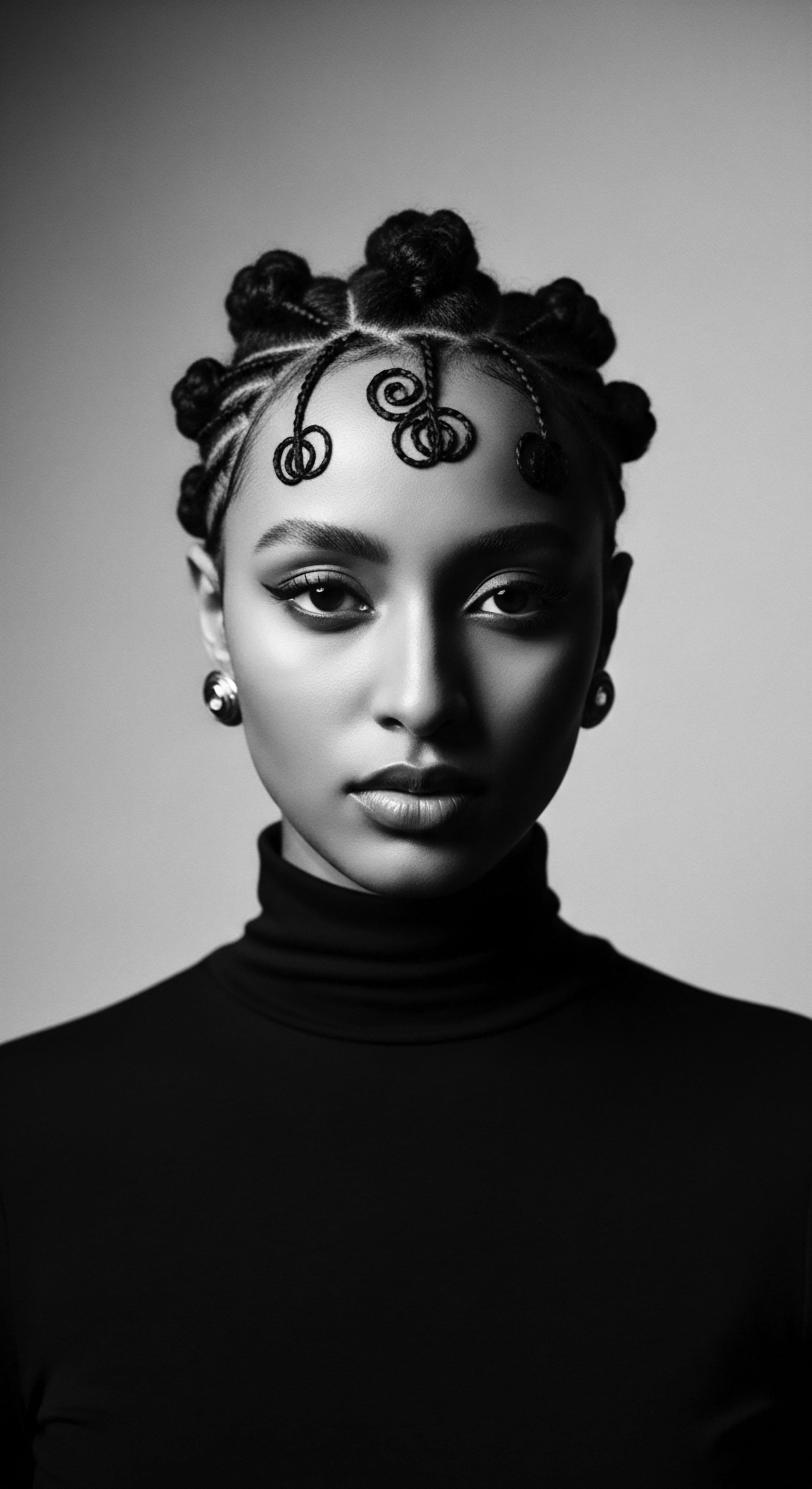
What historical techniques addressed porosity differences in textured hair?
Historical techniques addressed porosity through careful oiling, protective styles, and intuitive moisture sealing, rooted in ancestral hair heritage.

How does modern science explain traditional oiling for textured hair?
Modern science confirms traditional oiling for textured hair by explaining how specific lipids moisturize, protect, and fortify fragile strands, honoring ancestral wisdom.

What ancestral customs inform textured hair oiling?
Ancestral customs of textured hair oiling stem from ancient traditions using natural ingredients to protect and nourish hair, reflecting deep cultural heritage.
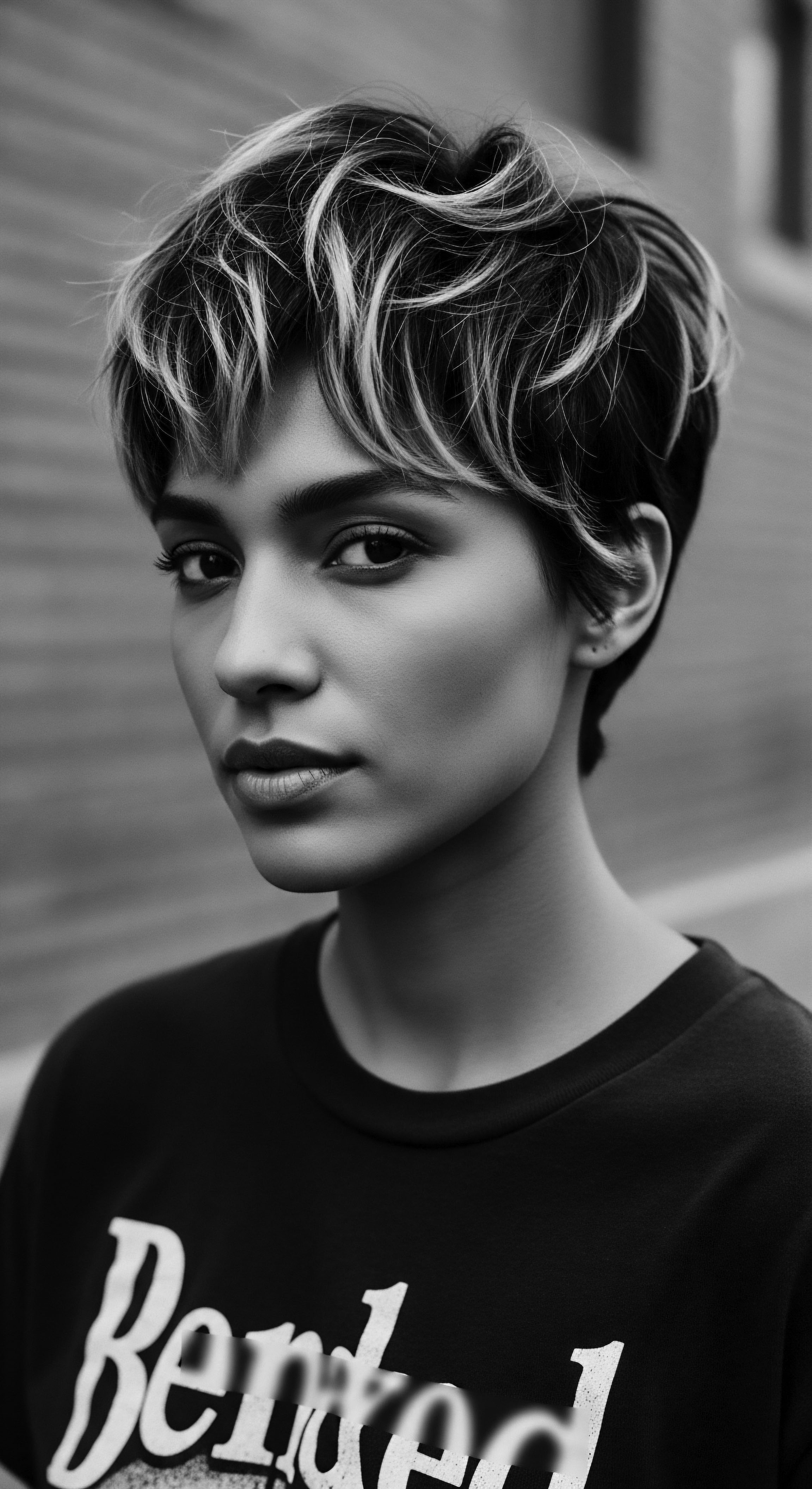
Can traditional oiling practices improve modern textured hair’s moisture balance?
Traditional oiling practices, rooted in ancestral knowledge, significantly enhance textured hair's moisture balance by creating protective barriers.

In what ways do traditional oiling practices support textured hair heritage today?
Traditional oiling sustains textured hair heritage by linking ancient practices to modern care, preserving cultural identity and ancestral wisdom.

How did traditional oiling practices influence textured hair styling through history?
Traditional oiling practices for textured hair shaped styling by providing essential lubrication, protecting strands, and enabling diverse cultural expressions, rooted in ancestral knowledge.

In what ways did traditional oiling methods preserve Black hair heritage?
Traditional oiling methods preserved Black hair heritage by providing essential protection, enabling cultural expression, and sustaining intergenerational wisdom.

How do traditional oiling methods support textured hair porosity?
Traditional oiling methods support textured hair porosity by sealing moisture and coating strands, a heritage of care passed through generations.

What traditional ingredients were used for textured hair oiling?
Traditional textured hair oiling primarily used natural butters like shea and oils such as castor, coconut, and palm, deeply connecting to ancestral care and heritage.

Can traditional oiling prevent textured hair breakage?
Traditional oiling, rooted in ancestral wisdom, can help prevent textured hair breakage by conditioning strands and reducing friction.

How does the heritage of African oil application methods contribute to scalp health?
African oiling methods, rooted in heritage, nourish textured scalp health through rich natural ingredients and stimulating massage techniques.

What historical oiling methods served textured hair?
Historical oiling methods for textured hair prioritized moisture, protection, and cultural identity across diverse ancestral traditions.

Does traditional oiling protect textured hair from sun?
Traditional oiling, particularly with plant-derived butters, offered textured hair a protective layer against sun damage, a legacy validated by heritage and science.


